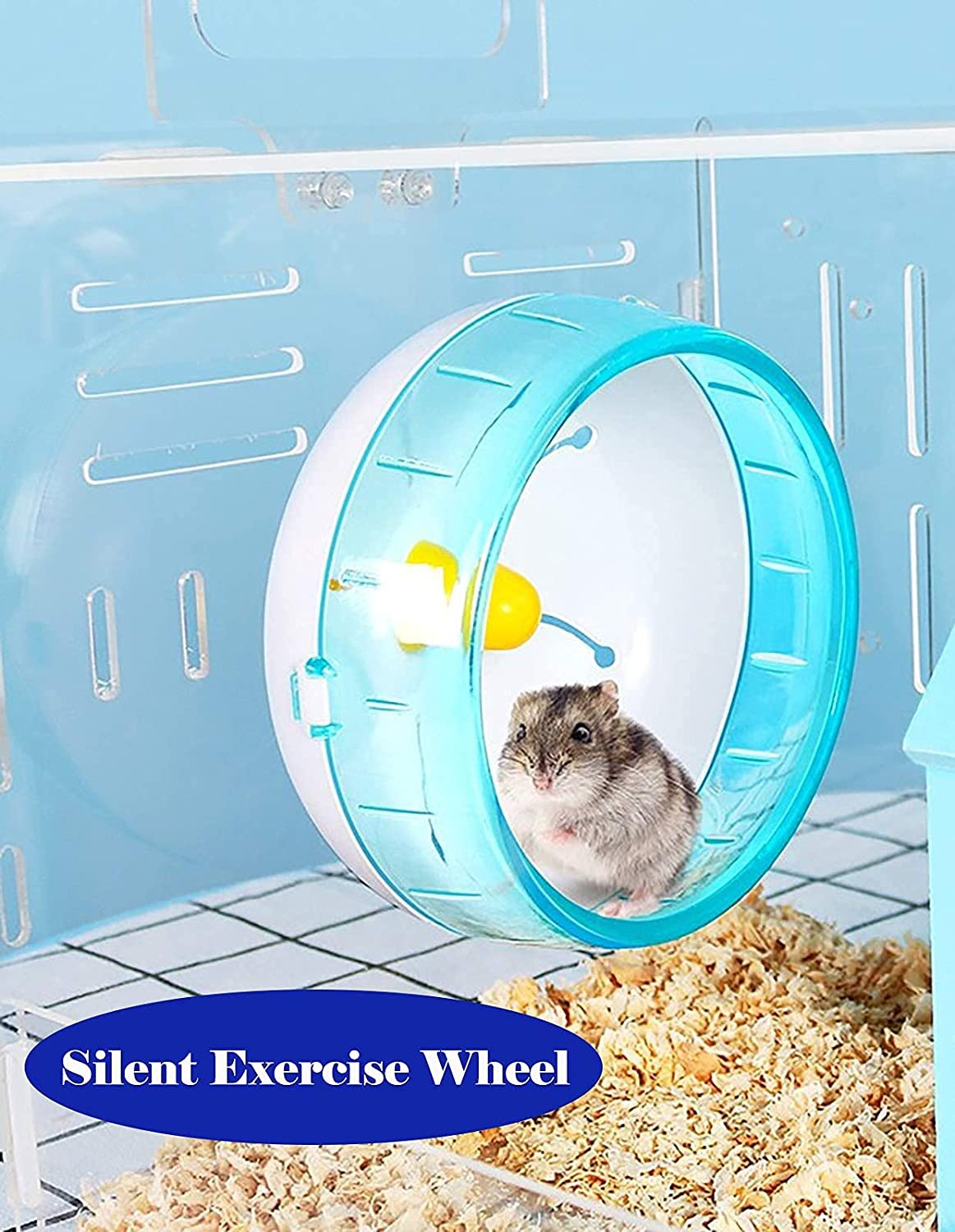Hamster Variants and Their Habitats
Hamsters are delightful pets known for their adorable looks and engaging personalities. Each species has unique characteristics, behaviors, and habitat preferences. Understanding the different **hamster variants** and their natural environments can help you create suitable habitats and care for these small creatures effectively. In this article, we will explore the popular hamster species, their distinct traits, and how they can thrive in captivity.
Types of Hamster Variants
Hamsters belong to different species, each with its own specific traits and requirements. The most common variants include the Syrian hamsters, dwarf hamsters, and Roborovski hamsters. Understanding these distinctions is crucial for potential hamster owners as it dictates their care needs and possible habitats.
Syrian Hamsters
Also known as golden hamsters, **Syrian hamsters** are one of the most widely recognized species. They are solitary animals, requiring their space to avoid conflicts. Syrian hamsters can grow to about 6 to 7 inches in length. They thrive in larger cages equipped with tunnels, toys, and plenty of bedding to burrow. Their natural habitat is typically arid, reflecting their love for digging in dry soil.

Dwarf Hamsters
**Dwarf hamsters** include different species like the Campbell’s dwarf and Winter White dwarf hamsters. They are smaller, usually 3 to 4 inches long, and can live in groups if introduced properly at a young age. These hamsters prefer tighter, snug environments. Dwarf hamsters often come from more temperate habitats, so their cages should include a suitable hiding spot, like an enclosed burrow, and different climbing structures to explore.
Natural Habitats of Hamsters
Understanding the natural habitats of hamsters is essential for replicating their environments in captivity. Each variant comes from distinct ecosystems that affect their behavioral habits, diet, and interactions.
Desert Habitat of Syrian Hamsters
**Syrian hamsters** originate from arid regions in Syria, where they live in burrow systems to protect themselves from harsh weather and predators. A suitable habitat for Syrian hamsters should mimic this natural setting by including depth in the bedding for digging and preventing boredom with various enrichment items. Containers with sand can be provided for them to play and dig in, echoing their natural habits.
Temperate Regions for Dwarf Hamsters
Dwarf hamsters are typically found in regions with more abundant vegetation and moderate climates, such as parts of Asia. Creating a rich, vibrant habitat is crucial. A habitat for these hamsters might include tunnels made from cardboard for them to explore and bedding that allows for nesting and hiding. Frequent handling and interactions help these social animals thrive. It’s essential to strike a balance between safety and opportunities for socialization.
Creating the Perfect Habitat for Hamsters
Providing the ideal living conditions for your hamster is vital. This involves replicating their natural habitat as closely as possible. Here’s how you can ensure they have a healthy environment that suits their needs.
Requirements for Syrian Hamster Cages
To cater to a **Syrian hamster**, the ideal cage should be spacious, at least 24 inches long. Include a solid bottom for deep bedding, as they love to dig. Add varied chew toys, exercise wheels, and safe tunnels. Interestingly, they enjoy climbing, making it beneficial to incorporate shelves into their habitat. Always monitor the cleanliness of the cage, as good hygiene prevents illnesses.
Housing Dwarf Hamsters Effectively
While dwarf hamsters can share cages, spacing them out properly is essential to minimize quarrels. A multi-level cage facilitates social interaction and exercise opportunities while preventing disputes over territory. Provide them with enough bedding, various toys for chewing, and rotating food. They are very curious, requiring exploration opportunities, so frequent changing of toys and the arrangement is advisable.
Key Takeaways
- Syrian hamsters thrive in larger, solitary spaces while dwarf hamsters prefer either solitary or group settings.
- Replicating their natural habitats enhances their quality of life and well-being.
- Consistency in cage hygiene plays a critical role in the health of your hamsters.
FAQ
1. How can I tell if my hamster is healthy?
A healthy hamster will have clear eyes, a clean coat, and should be active during their waking hours. Regular check-ups for signs of illness, such as breathing difficulties or weight loss, are essential. Providing them with a balanced diet and a clean habitat contributes to their overall health and well-being.
2. What is the best food for hamsters?
The best food for hamsters includes a balanced mix of commercially formulated hamster pellets and fresh fruits and vegetables. Foods high in fiber are particularly beneficial. It’s vital to ensure that any treats don’t outweigh their scheduled feeding, as obesity can lead to significant health issues in hamsters.
3. Can hamsters live together?
Whether hamsters can live together depends on their species. **Dwarf hamsters** can often coexist peacefully while males and females of the **Syrian hamster** species should never be housed together, as they are solitary by nature. Introductions should always be careful and monitored to reduce fighting.
4. How often should I clean my hamster’s cage?
You should clean your hamster’s cage at least once a week, removing soiled bedding and waste. Deep cleaning, including washing and disinfecting the cage and assessing all accessories, should occur bi-weekly to keep the environment healthy.
5. Is it safe to let my hamster explore outside its cage?
Allowing your hamster to explore outside its cage can be safe, provided you create a secure, enclosed space. Having a designated play area prevents them from escaping and protects them from household hazards. Always supervise your hamster and provide safe, engaging toys during playtime.
